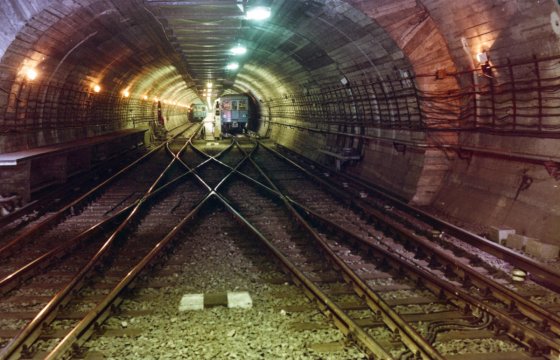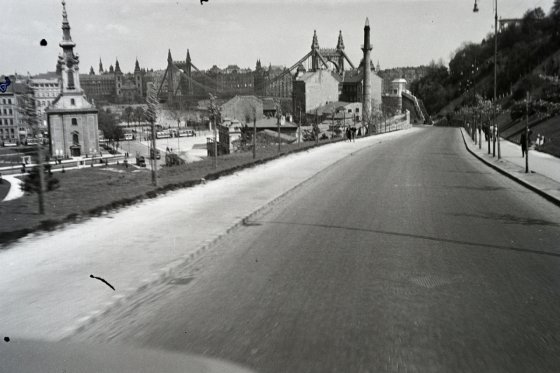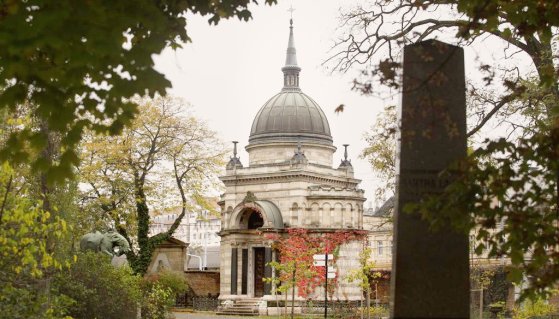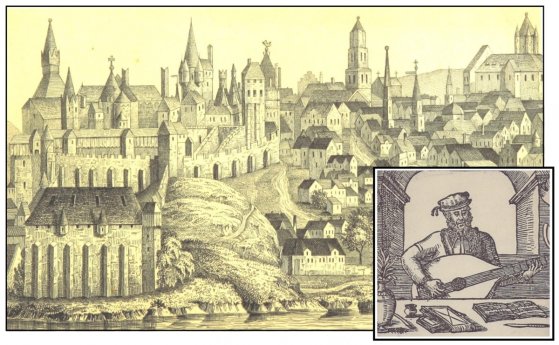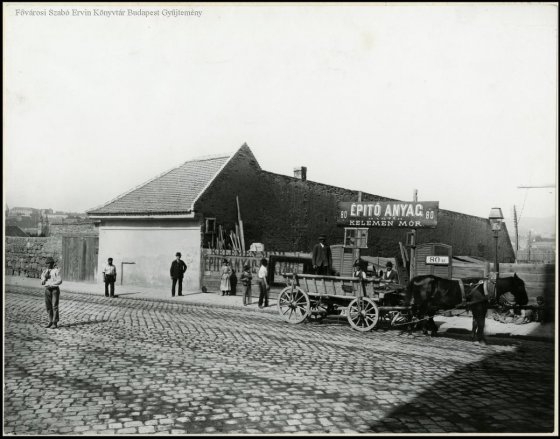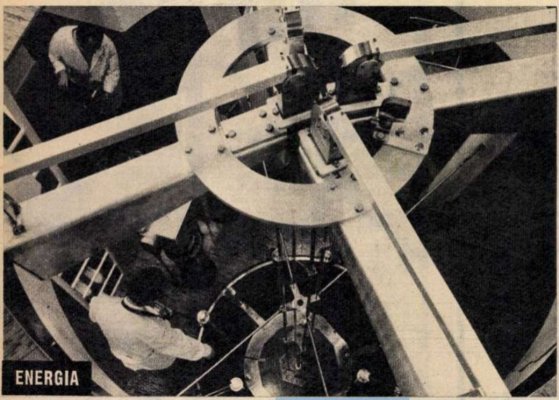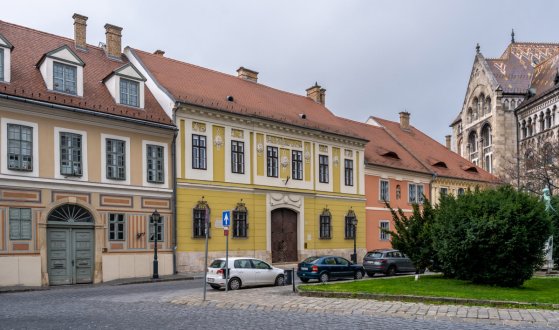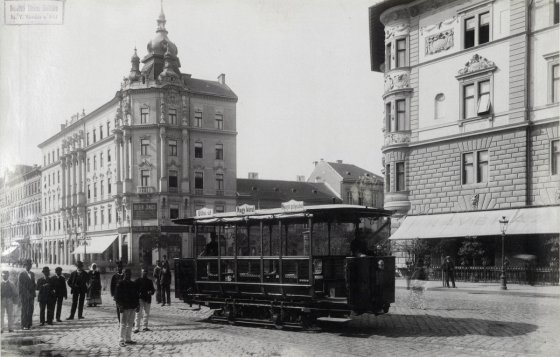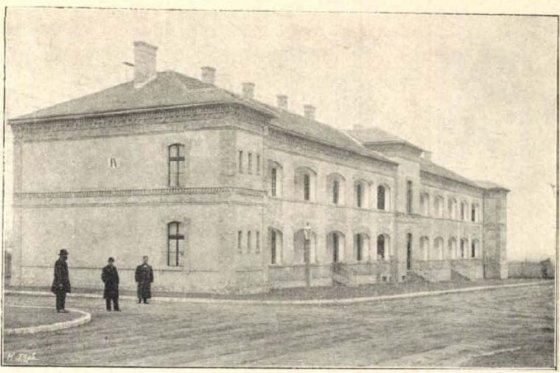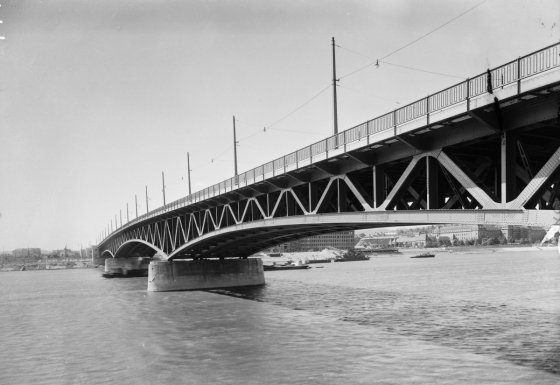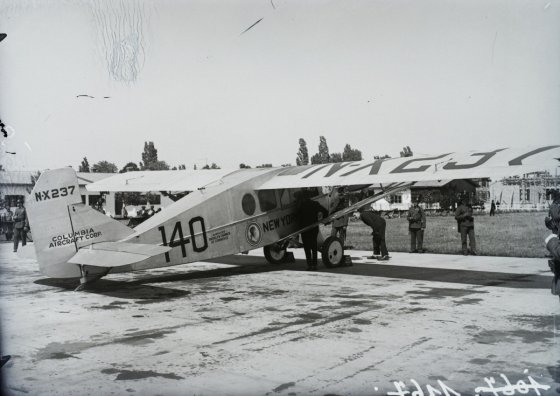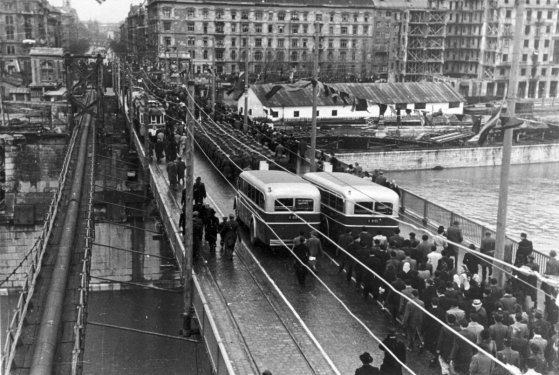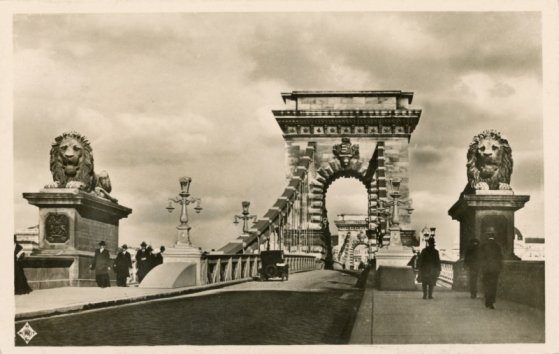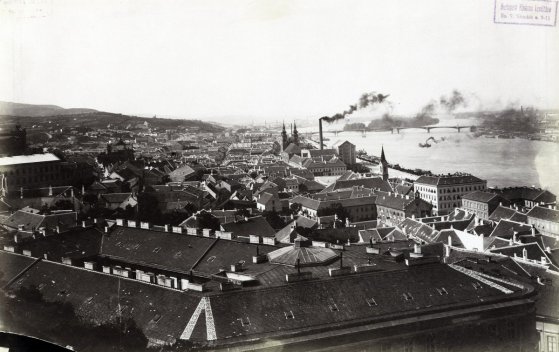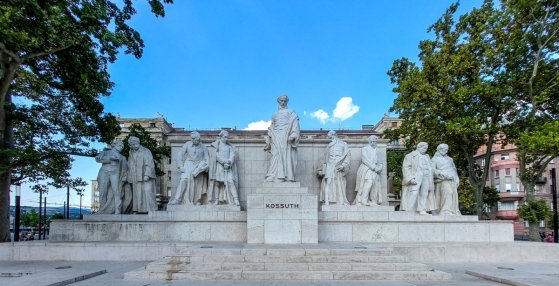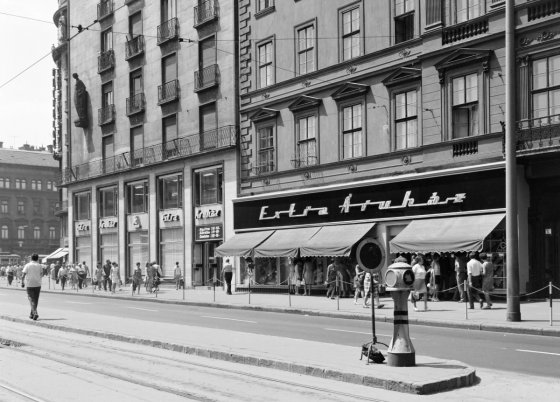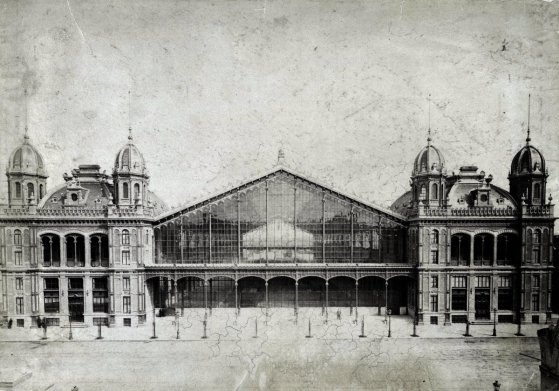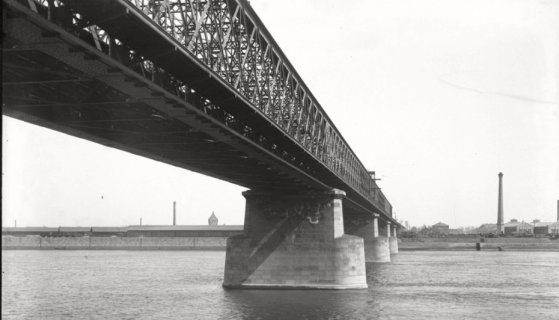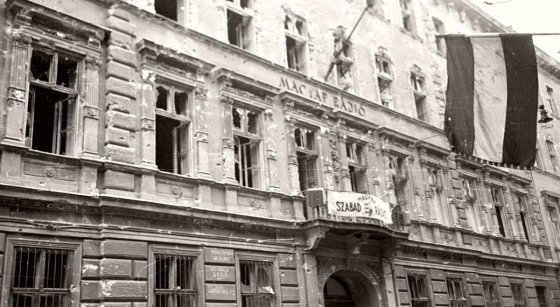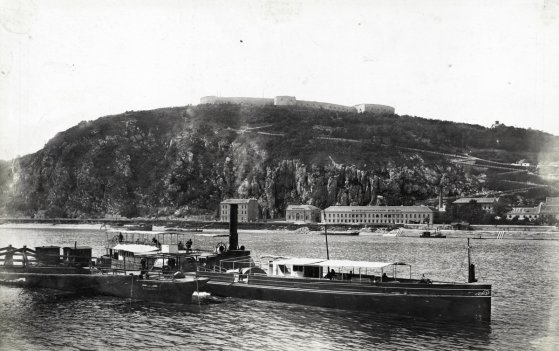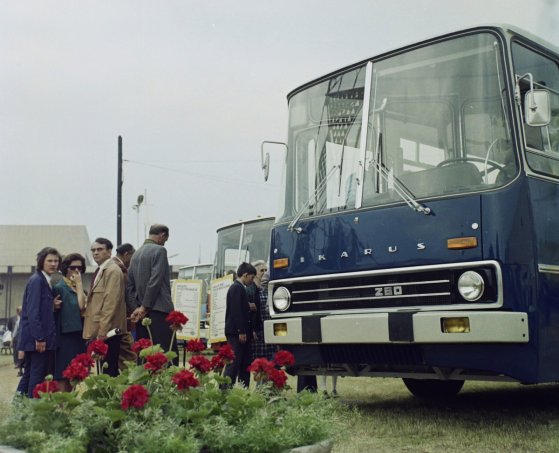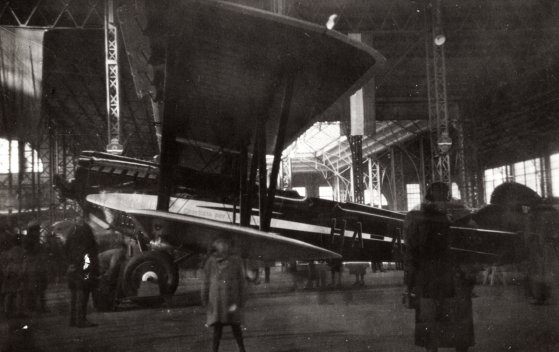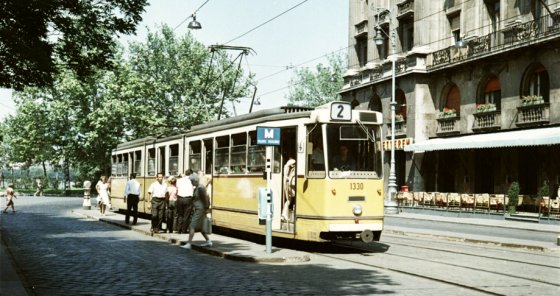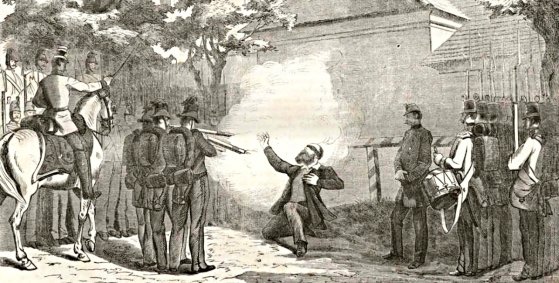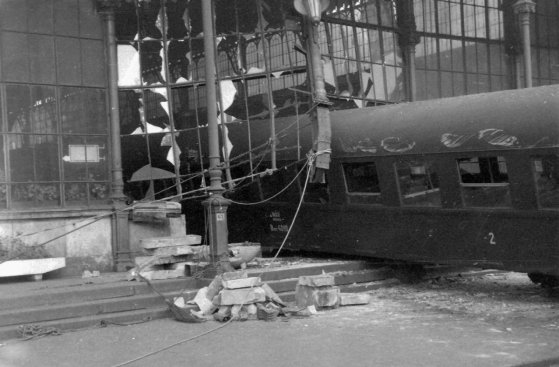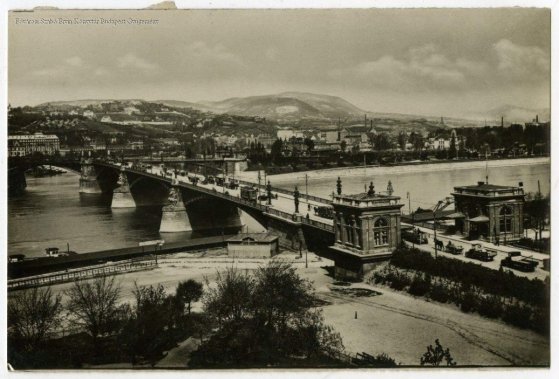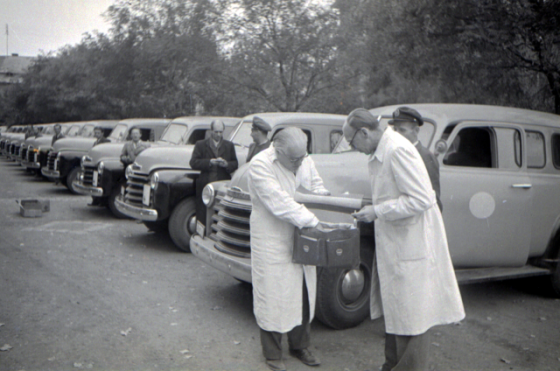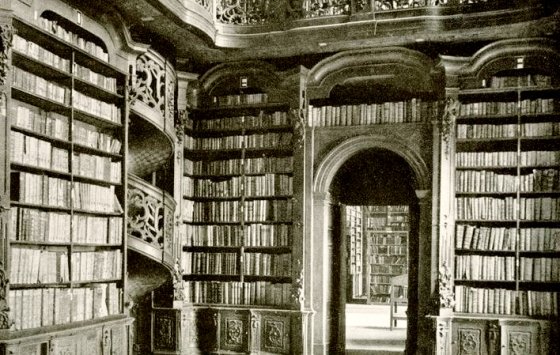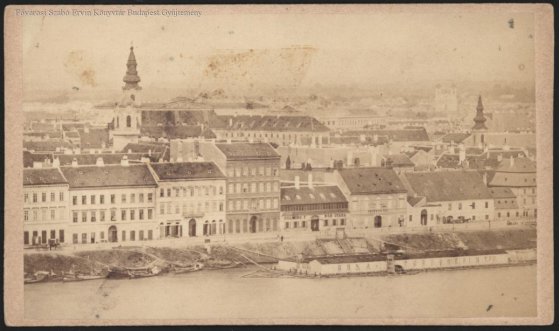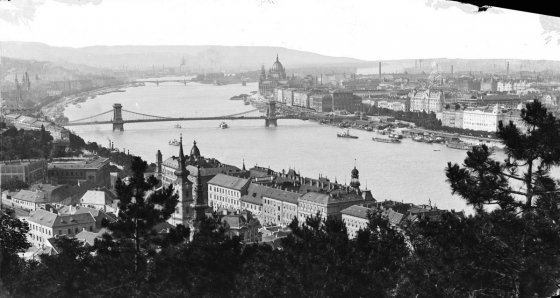 The „intertwined history” of the bridges and the city of Budapest
Which ideas and events have shaped the fate of bridges of Budapest and the cityscape? Alongside many other interesting facts, this question is also answered this newly published book by the Budapest City Archives, which introduces the history of bridges in Budapest.
The „intertwined history” of the bridges and the city of Budapest
Which ideas and events have shaped the fate of bridges of Budapest and the cityscape? Alongside many other interesting facts, this question is also answered this newly published book by the Budapest City Archives, which introduces the history of bridges in Budapest.
histories
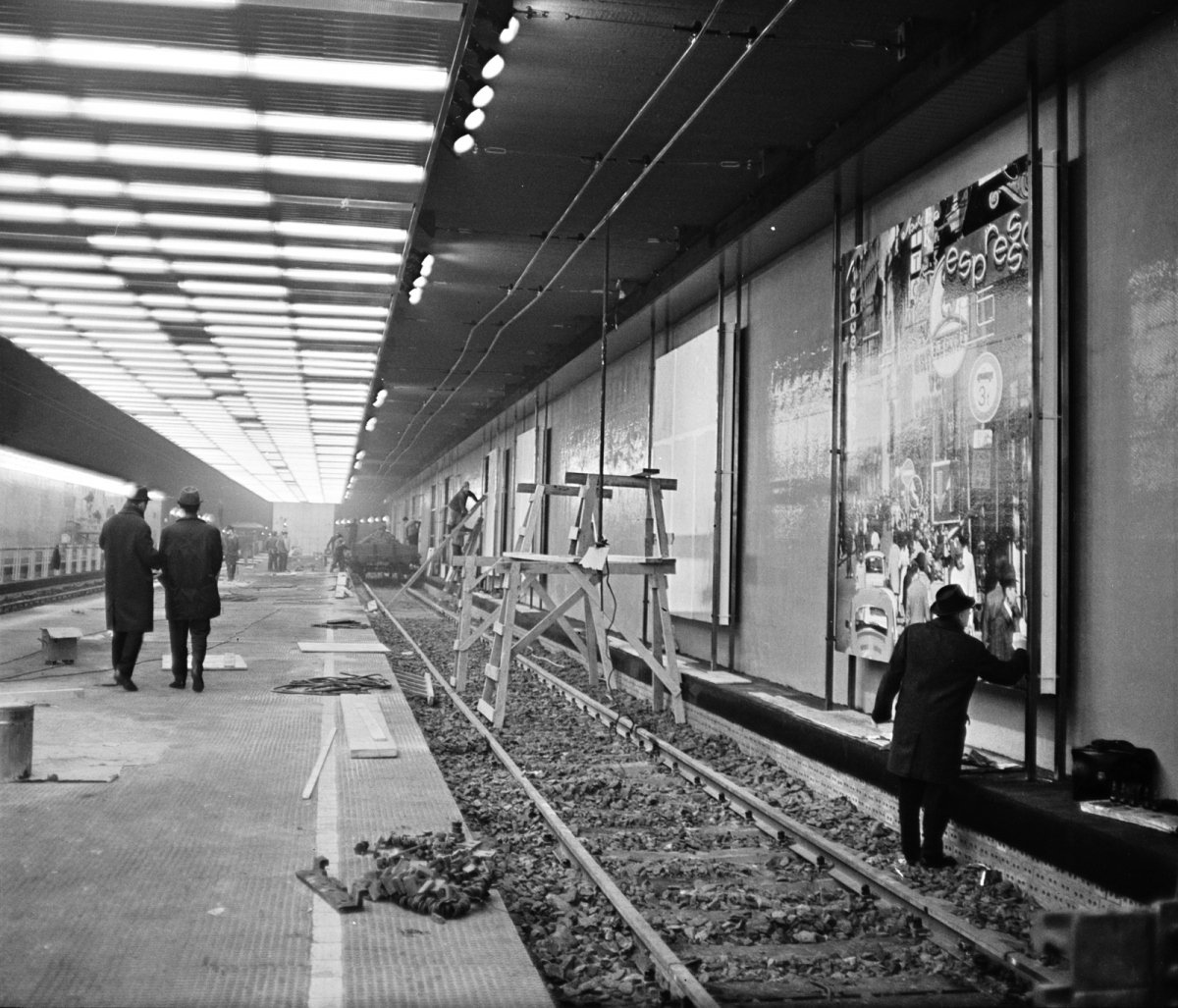 The Batthyány Square terminus of the suburban railway was handed over 50 years ago
The Batthyány Square terminus of the suburban railway was handed over 50 years ago
December 23, 2022 at 12:30 PM
The Budapest terminus of the suburban railway [HÉV] from Szentendre has been moved several times, most recently just 50 years ago, when it moved to its current location, Batthyány Square. The timing and the location were no coincidence either, as the suburban railway was able to connect to the metro this way which was also handed over at the time. The current terminus was handed over 50 years ago, but it may also change in the future.
Metro 2 was completed 50 years ago - Construction was started with spades and shovels
December 21, 2022 at 11:00 AM
Despite the fact that the first underground railway on the European mainland started in Budapest in 1896, the next underground railway section was completed in its entire length only fifty years ago, in December 1972. The construction lasted for more than twenty years and did not lack difficulties.
The first section of Hegyalja Road was completed 90 years ago
December 15, 2022 at 11:00 AM
Nowadays, Hegyalja Road is one of the most important traffic routes in Buda, as it connects Budaörsi Road with Erzsébet Bridge. Its existence is natural to everyone now, many people get to Lake Balaton this way, but when the original Erzsébet Bridge was built, the road was not yet ready: its first section, which was built by public workers during the economic crisis, was handed over 90 years ago. The investment caused controversy, some feared for the silence of the Tabán.
The death of Ábrahám Ganz caused a shock - He was the godfather of 64 factory workers' children, who all inherited
December 14, 2022 at 12:00 PM
Ábrahám Ganz, the respected manufacturer from Buda, committed suicide 155 years ago, on 15 December 1867. The Ganz Factory, barely more than 20 years old, was at the peak of its success, and Ganz himself was a recognised citizen of Buda. With his death, he left a huge void, as he had no heir who could have taken over the family business. However, the factory survived and rose to incredible heights.
A world star raised in Buda in the Middle Ages - memories of Bálint Bakfark and the street named after him
December 12, 2022 at 9:00 AM
In the heyday of the Renaissance, a lute artist educated in Buda went on a European tour to impress the rulers and noble courts of the continent with his brilliant music, even generating sympathy for the cause of the Kingdom of Hungary, which was languishing under the threat of the Ottoman Empire. As a student, Bálint Bakfark was able to see Buda just before the long Turkish occupation. His memory is preserved today by a small street, next to which the medieval city wall stretched.
Constructions in Pest 150 years ago, before the unification of the city
December 10, 2022 at 2:00 PM
Pest and Buda already prepared for the unification of the cities in 1872, a large-scale urban development plan was adopted in Pest, and large investments were decided upon. However, other buildings also rose in the city. Take a look at how the city developed and how much did it cost to build a residential building.
The new experimental reactor in Csillebérc was commissioned fifty years ago
December 5, 2022 at 4:00 PM
On 5 December 1972, several physicists gathered in Budapest to celebrate the launch of a series of experiments that would last for 18 years. That is when the new reactor was inaugurated in Csillebérc, at the KFKI (Central Research Institute for Physics), where the physics research base of the Hungarian Academy of Sciences operated.
A walk through time - The houses in the Buda Castle tell the story of nearly 800 years of Jewish history
December 3, 2022 at 10:00 AM
Although the history of Budapest's Jews is as old as the city itself, it is less well-known how many places we can find memories of the community and how many houses preserve stories from the Middle Ages to the 21st century. The tour guide of the Buda Castle Walks of the Castle Headquarters has now provided an insight into this during the Shalom, Buda! castle walk to Pestbuda.
The first tram in Budapest - 135 years ago, the new vehicle appeared on the Outer Ring Road
November 30, 2022 at 10:00 AM
At the end of November 1887, the people of Budapest could see a miracle that had not been seen before. A carriage moved by itself, it was not pulled by a horse or a steam locomotive. Although this vehicle ran on rails, the cars were pulled by horses in the city and huge steam locomotives on the railways. The first tram had a lower pantograph and travelled at a speed of 10 kilometres per hour, and was accompanied by a police officer at Oktogon.
This was the Kis-Dzsumbuj - There was only one water tap per three apartments in the workers' flats built 125 years ago
November 29, 2022 at 9:00 AM
Thirty-six square metre flats with a room and kitchen, into which families of 4-5 people moved, there was only one water tap per three apartments in the corridor. This was provided by the Kén Street model workers' housing estate, handed over 125 years ago, in 1897. Compared to the housing conditions of the time, a new home here really represented progress, but the 96 flats handed over at that time remained a drop in the sea of misery. The microdistrict, later known as Kis-Dzsumbuj, was demolished a few years ago.
The rebuilt Petőfi Bridge was handed over 70 years ago
November 23, 2022 at 11:00 AM
When the predecessor of today's Petőfi Bridge was completed in 1937, there was hardly any traffic on it, as the Buda side was largely undeveloped. It was only given a short time as it was destroyed eight years later along with the other Danube crossings in Budapest. When the reconstruction of the bridges began, it was preceded by the restoration of several crossings, then it was finally handed over only in 1952. The new structure was three metres wider, and it also had a bicycle track, which was also important at the time because many people used it to go to work since cars were not allowed for private use.
The Trianon flight ban was lifted 100 years ago
November 21, 2022 at 11:00 AM
Aviation became available to civilians after World War I. New flights appeared one after another in the passenger and mail traffic of European countries, and more and more cities were connected by aeroplanes. However, Budapest could only join air traffic later, because the ban on flights that hit Hungary based on the Treaty of Trianon remained in force until 17 November 1922.
The exploded Margit Bridge: the half-reconstructed crossing was handed over 75 years ago
November 19, 2022 at 11:00 AM
The elegant arches of Margit Bridge are one of Budapest's jewels. This graceful and beautiful structure was also destroyed by the Germans in World War II. The bridge was rebuilt in two parts, the southern side was handed over 75 years ago: it was open to the public from 16 November 1947.
Wooden blocks, small stone blocks, asphalt - All about the roads of the Chain Bridge
November 15, 2022 at 10:00 AM
The asphalt track of the Chain Bridge has been completed in the past few days, and the load testing has already been carried out. This is the umpteenth roadway of the bridge, and it has probably changed the most in the last nearly 175 years.
Our everyday heat - Gas heating began to spread in Budapest 50 years ago
November 12, 2022 at 1:00 PM
Gas heating in Budapest was only built en masse in the 1970s, and after that, it became so popular that it was much easier to sell such apartments than those with electric or district heating. Due to the significant increase in energy prices, the way of heating apartments in the capital will likely have to be changed again. But take a look at what they used to light and how our ancestors heated in the past century and a half.
The speeches would have lasted four weeks if everyone had had the floor at the inauguration of the Kossuth Statue
November 6, 2022 at 1:30 PM
Sixty thousand people showed up at the inauguration of the Kossuth Statue that day, wreaths were laid by the country's top leaders, representatives of Hungarian settlements, the delegation of the United States and the city of Turin, representatives of countless foreign countries, but the Catholic Church was left out, and members of the Czechoslovak, Yugoslav, and Romanian embassy did not participate either. The monument was inaugurated 95 years ago today, on 6 November 1927, but the event was accompanied by huge controversies.
Bauxite concrete panic in Budapest - All affected houses were inspected 55 years ago
November 3, 2022 at 11:00 AM
In the 1960s, experts assumed with horror that a time bomb was ticking in the buildings of Budapest. A hotel ceiling crashed in, an apartment building began to crack incredibly fast right in front of an architecture professor. Bauxite concrete was responsible, so they searched and examined all the affected buildings in the capital. All this happened 55 years ago.
The railway station that was cut in two
October 29, 2022 at 11:00 AM
By the beginning of the 1870s, the first railway station in Pest - the predecessor of Nyugati (Western), then known as Pest Station Building - was no longer able to handle the ever-increasing railway traffic smoothly. The owner railway company started the expansion, but then it turned out that the building stood in the way of the planned Outer Ring Road. Therefore, the old hall was "halved" and a new railway station was built over its northern part. The Nyugati Railway Station, as it is known today, was handed over on 28 October 1877, i.e., 145 years ago.
Trains have been able to cross between Pest and Buda for 145 years
October 24, 2022 at 12:30 PM
The most important Hungarian railway bridge was handed over on 23 October 1877 on the southern border of Budapest at the time. It served railway traffic for only 36 years. The construction of the original structure was accompanied by many disputes, and several lawsuits were started after the investment was completed.
Where the armed uprising began - The siege of Hungarian Radio on 23 October
October 23, 2022 at 9:00 AM
One of the symbolic locations of the 1956 revolution in the capital was the Hungarian Radio building on Bródy Sándor Street. It was here that the flame of freedom was ignited for the first time in Pest, which spread not only to significant areas of the capital, but also to many other parts of the country, and even to some settlements beyond the border. Pestbuda now revives what happened at the Radio in the recollections of those who themselves were there during the fighting or took part in the siege.
Budapest acquired two hated buildings 125 years ago
October 21, 2022 at 10:00 AM
Several well-known symbols of oppression of Hungary and Budapest stood in the centre of the capital even in the decades after the Austro-Hungarian Compromise. One is the Citadella fortress built to intimidate the city after the defeat of the War of Independence on top of Gellért Hill, and the other is the huge New Building, also known as the prison of soldiers of the 1848 national army, with a bad memory, on the site of today's Szabadság Square. Budapest acquired these two military facilities in October 1897. The New Building was demolished in a short time, but they could not do anything with the Citadella for decades.
Farewell to the Ikarus 200 – They defined the streetscape of Budapest for 50 years
October 18, 2022 at 9:00 AM
Budapest will soon say goodbye to a legend that defined the image of the city for decades. BKV is preparing to withdraw the last pieces of a bus family that was perhaps the most important bus type in the world at one time. The Ikarus 200s are leaving after fifty years.
Miracle aeroplanes in the Industrial Hall - The pilot of the Justice for Hungary plane crossed the ocean but crashed in Rome
October 15, 2022 at 11:00 AM
Those who bought tickets to the György Endresz Aviation Exhibition 90 years ago were able to get an insight into the real world of aviation, because not only could they see the planes on the ground, but the lucky ones could also win flights. The exhibition, which opened on 15 October 1932, also commemorated the unfortunate Hungarian transatlantic pilot, György Endresz.
Industrial articulated trams in the capital: Hungarian tram production ended with them
October 11, 2022 at 11:00 AM
Budapest is the city of trams. The capital would be unimaginable without the long yellow vehicles. An incredible number of types have worn the rails over the past 140 years, but few vehicles have been as defining as the industrial articulated tram.
The Pest stations of a life: A tragic fate that befell Lajos Batthyány
October 6, 2022 at 10:00 AM
On 6 October, Hungarians remember not only the 13 generals of the army executed in Arad, but also Count Lajos Batthyány, the martyred Prime Minister of Hungary's first responsible government, who was executed in Pest, in the courtyard of the New Building. An eternal flame has stood at the place of the execution since 1926, a worthy memorial to the count, who gave his life for Hungarian freedom. Batthyány, who became the leader of the opposition during the reform era, moved to Pest in 1841, visited many notable places in the capital, and Pestbuda now collected these on the tragic anniversary.
A railway carriage got out of control and ended up on the Outer Ring Road
October 4, 2022 at 10:30 AM
Sixty years ago, on 4 October 1962, a railway carriage tore through the buffer stop of the main hall of the Nyugati (Western) Railway Station, breaking through the glass wall and running onto the Outer Ring Road. The accident was caused by human error, but thanks to the presence of mind of a railwayman, there was no mass catastrophe.
It was handed over 85 years ago, but the widened Margit Bridge exploded 7 years later
October 1, 2022 at 11:30 AM
Margit Bridge was completed as a real luxury investment in the 1870s, under the direction of a French engineer. But traffic at Budapest's second Danube crossing remained very low until the end of the century. However, at the beginning of the 1930s, it already proved to be narrow, so it was decided to rebuild and widen it. The inauguration was held 85 years ago, on 1 October 1937.
The first mandatory vaccination against tuberculosis was administered in Budapest 75 years ago - Morbus Hungaricus has still not disappeared
September 28, 2022 at 9:00 AM
Lung trouble, tubercular disease, morbus hungaricus - these are all the names of tuberculosis, which was an almost incurable and largely fatal disease for a long time. It is no coincidence that this disease was also known as morbus hungaricus, as it was very common in Hungary. Although it has not yet been completely defeated, there is a vaccine against it, which has been mandatory in Hungary for decades. It was introduced in Budapest at the end of September 1947, first in the 13th District.
The National Széchényi Library was founded 220 years ago
September 26, 2022 at 3:30 PM
After the foundation of the National Library 220 years ago, the donation of Count Ferenc Széchényi wandered for more than forty years, until it moved to its permanent place, the Hungarian National Museum. Later, the collection had to go from here as well, now Pestbuda will present the different locations in Pest.
The last major cholera epidemic
September 23, 2022 at 11:00 AM
The last major cholera epidemic broke out 150 years ago and reached Pest and Buda in the fall of 1872. They tried many things to fight it, but still, thousands of people died from the disease. With the end of the epidemic, significant health improvements began in the capital.
More articles
 The „intertwined history” of the bridges and the city of Budapest
Which ideas and events have shaped the fate of bridges of Budapest and the cityscape? Alongside many other interesting facts, this question is also answered this newly published book by the Budapest City Archives, which introduces the history of bridges in Budapest.
The „intertwined history” of the bridges and the city of Budapest
Which ideas and events have shaped the fate of bridges of Budapest and the cityscape? Alongside many other interesting facts, this question is also answered this newly published book by the Budapest City Archives, which introduces the history of bridges in Budapest.
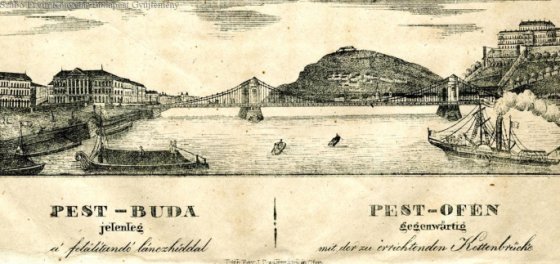 The Bridge Report, which brought a turning point in the history of Budapest
A travel report that changed the history of Pest and Buda, as well as Hungary. The little book contributed to the change of half a thousand years of legal customs and the implementation of an investment of unprecedented size and technical quality. This book was The Bridge Report [Hídjelentés in Hungarian].
The Bridge Report, which brought a turning point in the history of Budapest
A travel report that changed the history of Pest and Buda, as well as Hungary. The little book contributed to the change of half a thousand years of legal customs and the implementation of an investment of unprecedented size and technical quality. This book was The Bridge Report [Hídjelentés in Hungarian].
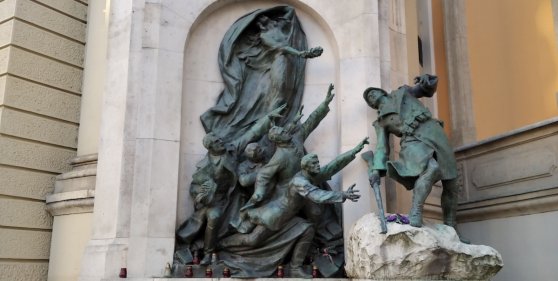 Drama on the university wall - The heroic monument was planned 95 years ago
In the constant hustle and bustle of the Egyetem Square in Pest, the students may not even notice the monument that decorates the short section of wall between the church and the central building of ELTE. However, it commemorates their predecessors, the heroes who fought for their country in World War I, and those who heroically helped them. The first design of the dramatically collapsing soldier was born in 1928, ninety-five years ago.
Drama on the university wall - The heroic monument was planned 95 years ago
In the constant hustle and bustle of the Egyetem Square in Pest, the students may not even notice the monument that decorates the short section of wall between the church and the central building of ELTE. However, it commemorates their predecessors, the heroes who fought for their country in World War I, and those who heroically helped them. The first design of the dramatically collapsing soldier was born in 1928, ninety-five years ago.

